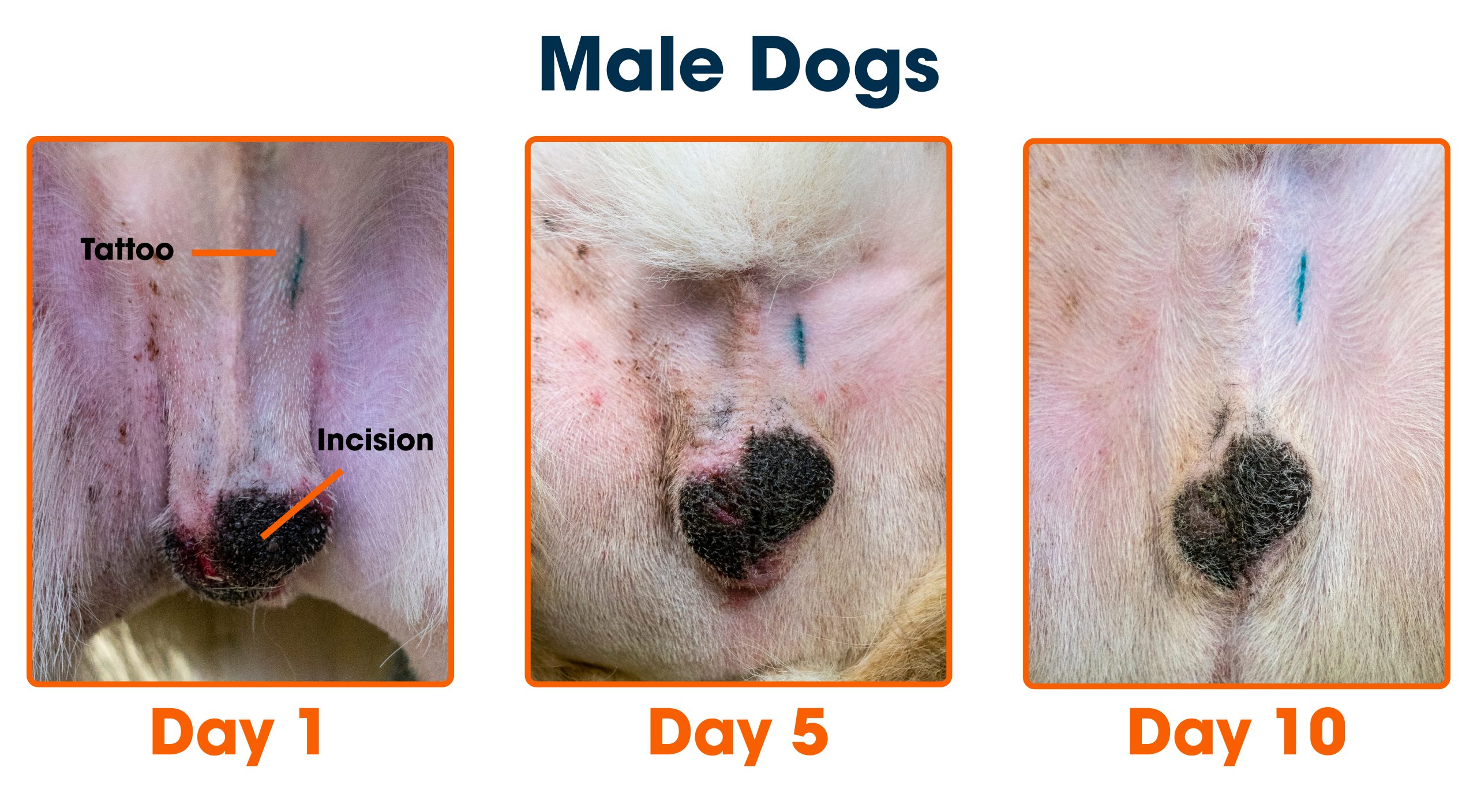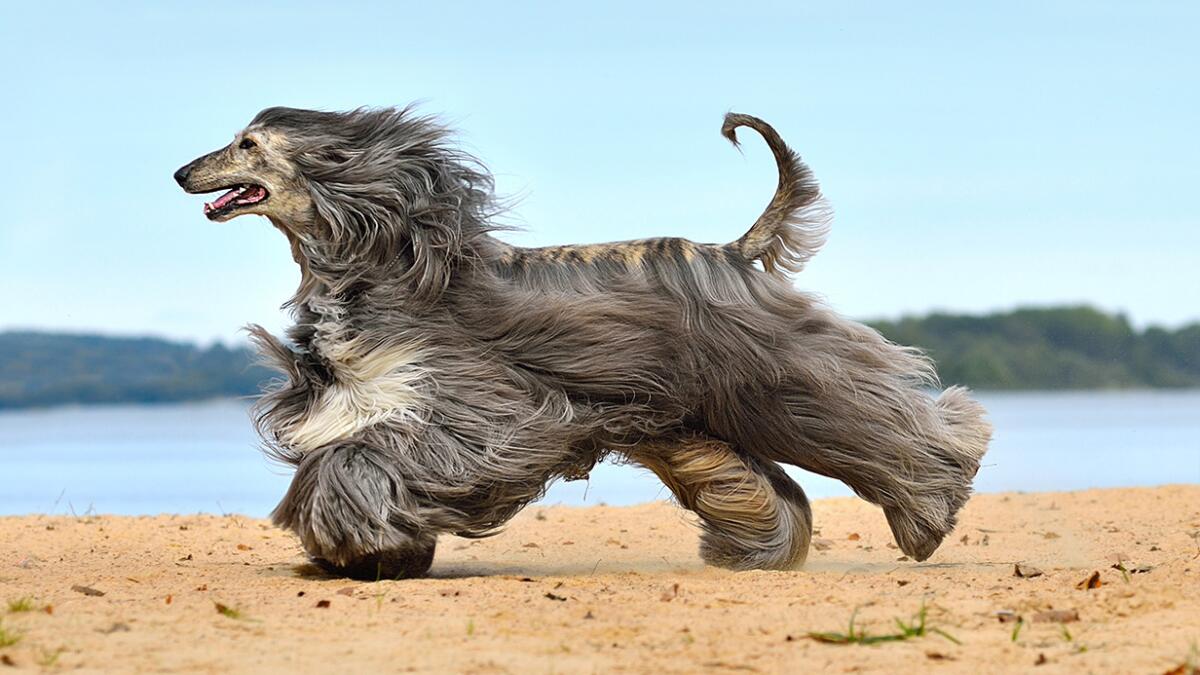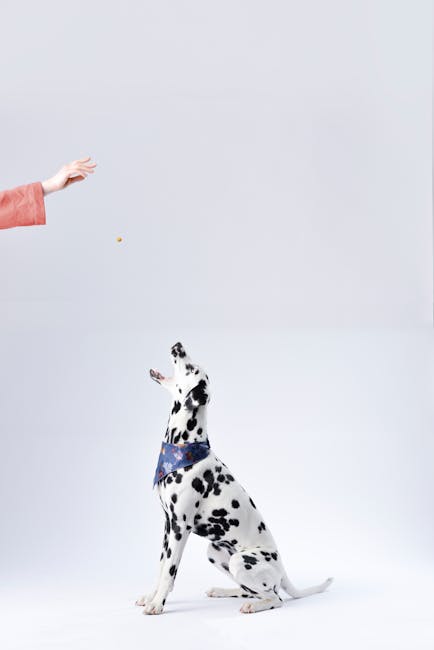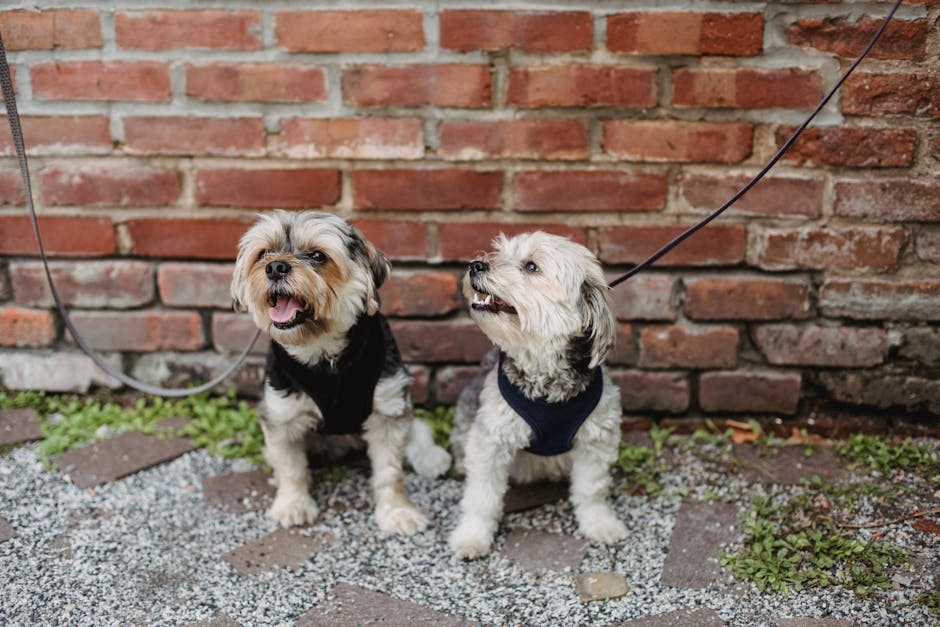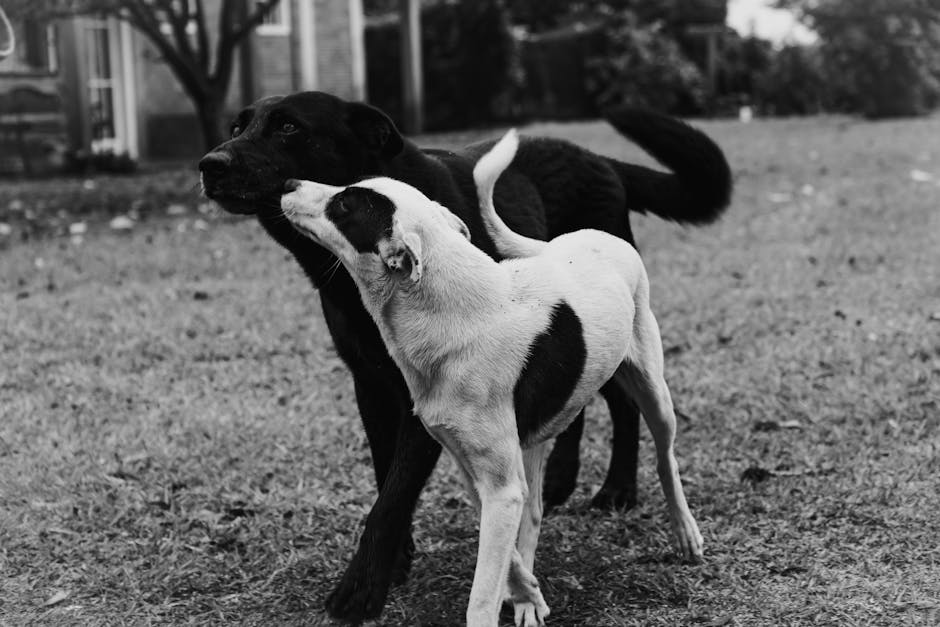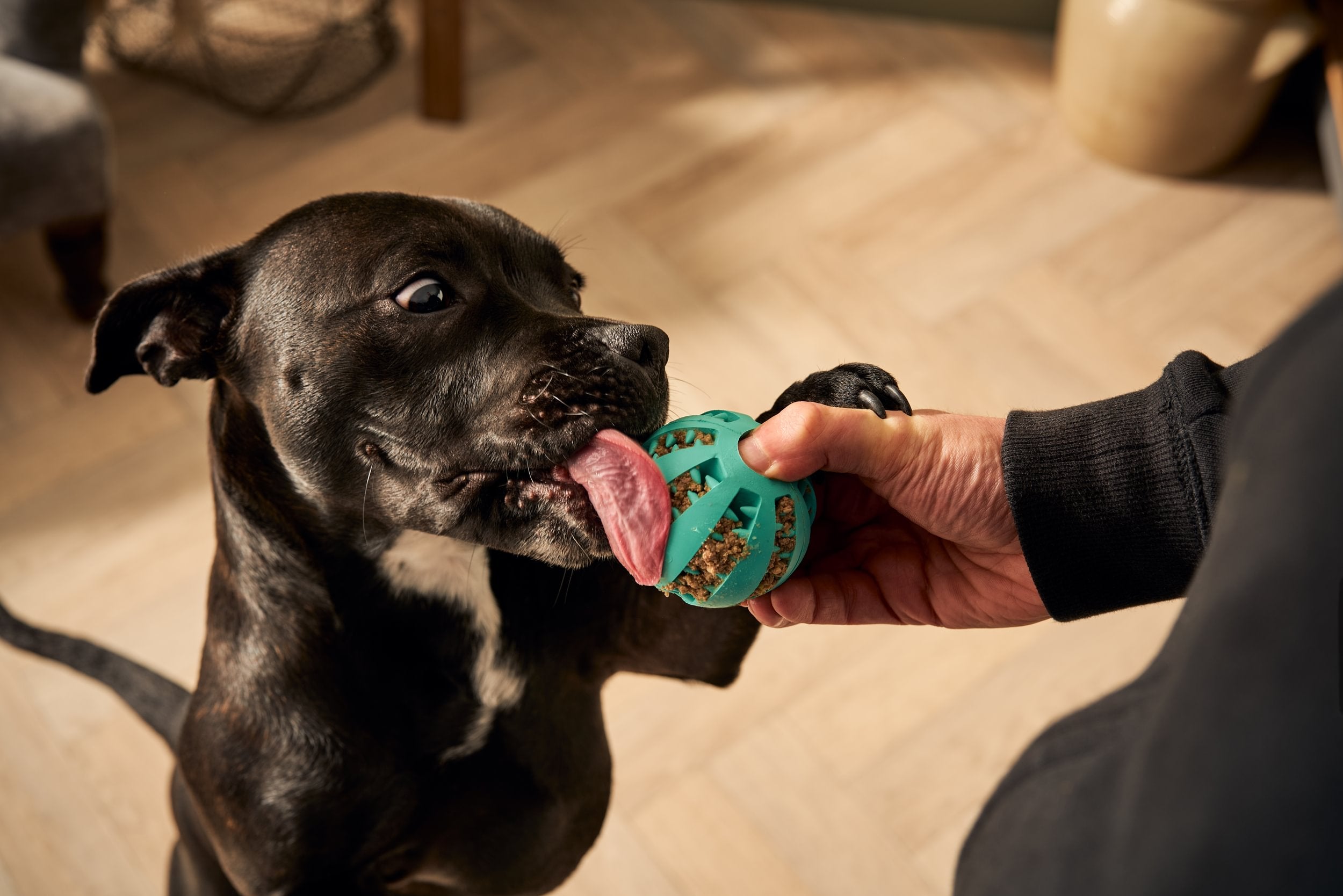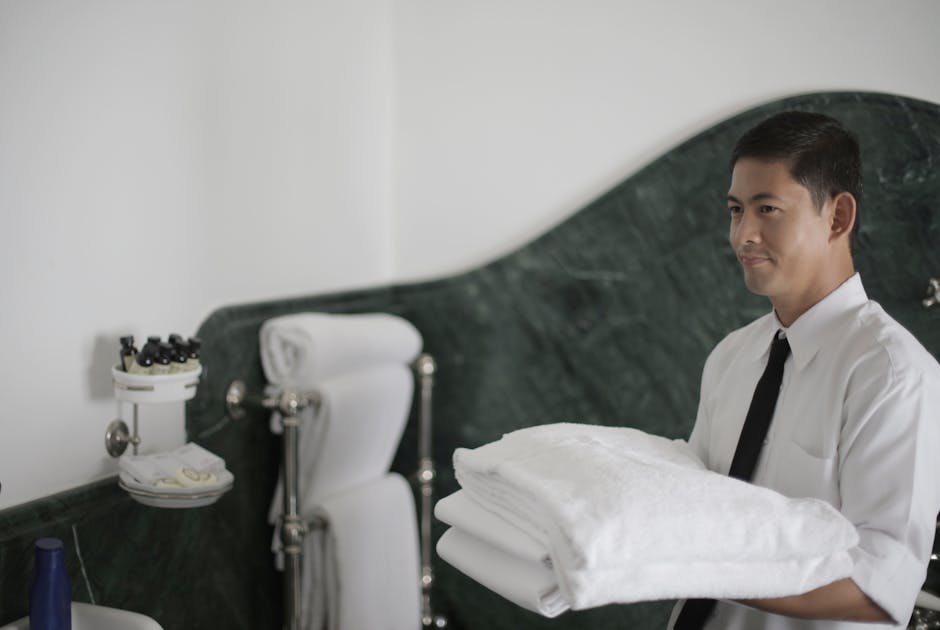How often do dogs need to bathe? If you’ve ever found yourself wondering whether your furry friend needs a bath every week or just once in a while, you’re not alone.
Bathing your dog too often can dry out their skin, but not bathing enough might leave them feeling uncomfortable or smelly. Understanding the right balance is key to keeping your dog healthy, happy, and fresh. You’ll discover the best bathing routine tailored to your dog’s needs, so you can avoid common mistakes and give your pet the care they deserve.
Keep reading to find out how often your dog really needs a bath and why it matters.

Credit: sk.pinterest.com
Bathing Frequency Basics
Bathing a dog is an important part of pet care. It helps keep their coat clean and skin healthy. Bathing frequency varies based on several factors. Understanding these basics helps maintain your dog’s hygiene without causing skin problems.
Factors Influencing Bathing Needs
- Breed:Some breeds have oily coats, others dry or thick fur.
- Activity Level:Dogs that play outside often get dirtier faster.
- Skin Condition:Sensitive skin or allergies may need special care.
- Environment:Dogs living in rural areas may need more baths than city dogs.
- Coat Type:Long-haired dogs might require more frequent cleaning.
Common Bathing Intervals
- Most dogs benefit from a bath every 4 to 6 weeks.
- Active dogs or those prone to odors may need baths every 3 weeks.
- Dogs with dry or sensitive skin often do well with fewer baths.
- Puppies usually require less frequent baths unless they get very dirty.
Credit: www.petsupermarket.com
Breed And Coat Considerations
Different dog breeds have unique coat types. These differences affect how often dogs need baths. Understanding the breed and coat type helps keep your dog clean and healthy.
Short-haired Breeds
Short-haired dogs usually have less oil and dirt buildup. Bathing them every 6 to 8 weeks often works well. Their coats dry quickly and need less grooming. Too many baths can dry their skin.
Long-haired Breeds
Long-haired dogs collect more dirt and debris in their fur. They benefit from more frequent baths, about every 4 to 6 weeks. Regular brushing helps prevent mats and tangles. Clean coats keep their skin healthy.
Double-coated Breeds
Double-coated dogs have a thick undercoat and a topcoat. Bathing every 8 to 12 weeks is usually enough. Over-bathing can strip natural oils and harm the coat. Brushing often removes loose fur and prevents shedding.
Age And Health Impact
Age and health play a big role in how often dogs need baths. Different stages of life and health issues can change their skin and coat needs. Bathing too much or too little can cause problems. Knowing these factors helps keep dogs clean and healthy without harming their skin.
Puppies And Senior Dogs
Puppies have delicate skin that is easy to dry out. Bathing them too often can irritate their skin and remove natural oils. Usually, puppies need fewer baths unless they get very dirty. Gentle shampoos made for puppies work best.
Senior dogs often have thinner skin and weaker immune systems. Their skin can become dry or sensitive. Bathing older dogs less frequently helps protect their skin. Using moisturizing shampoos can improve their coat health and comfort.
Skin Conditions And Sensitivities
Dogs with skin conditions need special care. Bathing routines should follow a vet’s advice. Some dogs have allergies or infections that require medicated shampoos. Regular baths might worsen some skin problems, so timing is key.
Sensitive skin dogs should have baths less often. Gentle products without harsh chemicals reduce irritation. Watching how the skin reacts after each bath guides the best bathing schedule.
Bathing Supplies And Techniques
Bathing your dog isn’t just about keeping them clean—it’s also about maintaining their skin health and comfort. Having the right supplies and knowing the best techniques can make the experience smoother for both you and your pet. Let’s look at what you need and how to use it effectively.
Choosing The Right Shampoo
Not all shampoos are created equal, and your dog’s skin type plays a big role in picking the right one. Sensitive skin? Look for shampoos labeled hypoallergenic or formulated for sensitive skin. If your dog has a specific issue like fleas or dry skin, there are targeted shampoos made just for that.
Avoid human shampoos—they can upset your dog’s skin balance and cause irritation. Instead, pick a product with natural ingredients, free from harsh chemicals and artificial fragrances. Have you checked your dog’s coat and skin recently? That can guide your choice better than any label.
Proper Bathing Steps
Start by brushing your dog to remove loose hair and mats. This step prevents tangling and makes shampooing more effective. Use lukewarm water to wet your dog thoroughly, avoiding the eyes and ears.
Apply shampoo evenly and gently massage it into the coat. This not only cleans but also boosts circulation. Let the shampoo sit for a few minutes before rinsing completely to avoid residue that can irritate skin.
Dry your dog well with a towel and, if they tolerate it, use a low-heat blow dryer. Have you noticed how your dog reacts during baths? Adjust your technique to keep them calm and comfortable—sometimes a relaxed pet means a quicker bath.
Signs Your Dog Needs A Bath
Knowing when your dog needs a bath can save you from unnecessary scrubbing and keep your furry friend comfortable. Dogs don’t always show obvious signs, but there are clear hints you can watch for. Paying attention to these signs helps you act before your dog starts feeling itchy or uncomfortable.
Odor And Dirt
One of the easiest signs to notice is a strong odor. If your dog starts smelling musty or like wet dog, it’s a clear signal that a bath is due. Dirt and grime can also build up on their coat, making it look dull or matted.
Have you ever petted your dog only to find your hands covered in dust or dirt? That’s another hint. Dogs that love outdoor adventures often get muddy paws and coats, which you can’t ignore for long.
Skin Irritations
Skin irritations often show up as redness, dryness, or flaking. If your dog is scratching or licking certain spots more than usual, it could mean their skin needs a good clean. Bathing with a gentle shampoo can sometimes soothe these irritations.
Watch out for bumps or hot spots that develop quickly. These might indicate a need for a bath to remove allergens or bacteria causing the discomfort. Have you noticed your dog scratching right after walks? That’s a sign their skin is reacting to something they picked up outside.

Credit: www.instagram.com
Alternatives To Full Baths
Full baths are not always necessary to keep dogs clean and fresh. Sometimes, a quick clean-up is enough to remove dirt and odors. These alternatives save time and reduce stress for your pet. They help maintain hygiene between regular baths. Here are some easy options for keeping your dog clean without a full wash.
Spot Cleaning
Spot cleaning targets dirty areas on your dog’s coat. Use a damp cloth or pet wipes to gently clean paws, face, or belly. This method removes mud, food, or small messes fast. It keeps your dog comfortable and smelling good. Spot cleaning is perfect for quick fixes after walks or playtime.
Dry Shampoo Options
Dry shampoos help refresh your dog’s coat without water. They come in sprays, powders, or foams. Apply the product, rub it in, then brush out the dirt and excess powder. Dry shampoo absorbs oils and neutralizes odors. It works well for dogs that dislike water or need a quick clean-up.
Tips For Stress-free Bath Time
Making bath time a calm and positive experience can change how your dog feels about getting clean. Stress-free baths not only keep your dog happier but also make the whole process easier for you. Small changes in how you prepare and care for your dog after the bath can lead to big improvements.
Preparing Your Dog
Before the bath, gather all your supplies like shampoo, towels, and a non-slip mat. Having everything ready helps you stay calm and focused, which your dog will notice.
Try to make the area warm and quiet. Cold water or a noisy environment can make your dog anxious.
Use treats and gentle praise to create a positive connection. You can even let your dog sniff the shampoo bottle first to reduce fear of new smells.
Post-bath Care
After the bath, wrap your dog in a soft towel to keep them warm and dry. Dogs often feel vulnerable when wet, so a cozy towel gives comfort.
Brush your dog gently once they’re mostly dry to prevent tangles and remove loose fur. This also helps them relax and enjoy some attention.
Offer a favorite treat or extra playtime to reward good behavior. How do you think your dog would react to a special toy or game right after bath time?
Frequently Asked Questions
How Often Should I Bathe My Dog?
Most dogs need a bath every 4 to 6 weeks. Frequent bathing can dry out their skin. Adjust based on breed, activity, and coat type.
Can Bathing Too Often Harm My Dog’s Skin?
Yes, frequent baths can strip natural oils. This causes dryness, itching, and irritation. Use gentle dog shampoos and avoid over-bathing.
What Factors Affect Dog Bathing Frequency?
Breed, coat type, activity level, and skin condition influence bathing needs. Active dogs or those with oily coats may need more frequent baths.
Is It Necessary To Bathe Indoor Dogs Regularly?
Indoor dogs usually need fewer baths. Bathing every 6 to 8 weeks is often enough unless they get dirty or smelly.
Conclusion
Bathing your dog depends on its breed, activity, and skin condition. Some dogs need baths every few weeks, others less often. Too many baths can dry out their skin. Use gentle shampoo made for dogs to keep them healthy. Regular brushing helps reduce the need for baths.
Pay attention to your dog’s smell and dirtiness. Clean dogs feel happy and stay healthy. Keep a bath routine that suits your dog’s needs. It helps maintain a clean, comfortable pet. Simple care goes a long way.

